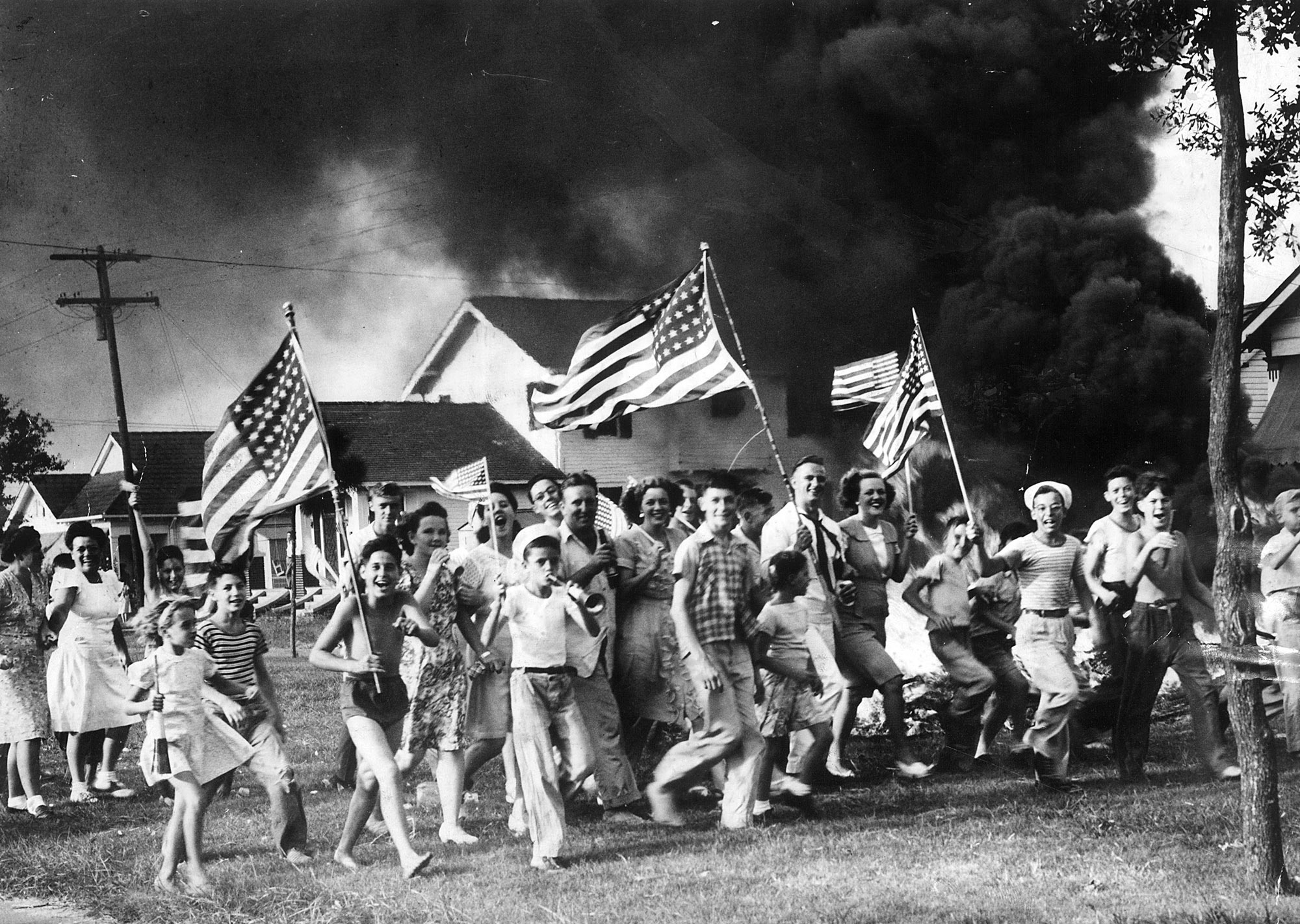
She barely remembers the day—she was only 8, and 70 years have gone by—but Linda Torres can recall the happiness she felt when she heard that World War II was ending. The news that Japan was surrendering meant that her father, Lloyd Lusse, who was serving with the Army in the Philippines, would soon be coming home.
“When [my mother] got the word, and everywhere in the neighborhood horns were blowing and everything else, she grabbed the American flag off the front of the porch and went and got a fishing pole, a cane pole, and she made a flag with that,” Torres tells TIME. “And everybody gathered up and started parading down the street.”
A newspaper photographer happened to pass by as the paraders marched. The photograph ran in the New Orleans Times-Picayune the next day, Aug. 15, 1945—the day often considered V-J Day, even though the war didn’t officially end until early September. Now, the Times-Picayune and the National World War II Museum in New Orleans have uncovered the identities of many of the participants and brought them back together to mark the 70th anniversary.
“New Orleans is very familiar with parades. That’s what people do when something joyous happens,” says Keith Huxen, the museum’s chief historian. “I think this photograph speaks to people because [of] the context of what had just ended. World War II is by far the bloodiest war in human history and, particularly for young Americans who had gone overseas and fought and seen a lot of death, this is the moment where people know that they’re going to live.”
The project of tracking down the paraders began months ago as part of an effort to preserve the history of the war and of the building of the post-war world. “We capture the voices of a generation that unfortunately is rapidly disappearing from the scenes,” Huxen says. “Preserving that legacy for future generations to learn from is I think very important.”
Linda Torres’ memories of that day may be the spotty ones of a little girl, but they include indelible details. Among them: her father didn’t come home immediately because he was on a crew assigned to mop-up duty in Hiroshima. For Roland Jauchler Jr.—the 10-year-old with the trumpet in the original picture—it’s a reminder of good times with people who are mostly gone.
“We were all happy, elated that the war was over,” he tells TIME. “That’s about all I can remember.”
V-J Day, 1945: A Nation Lets Loose
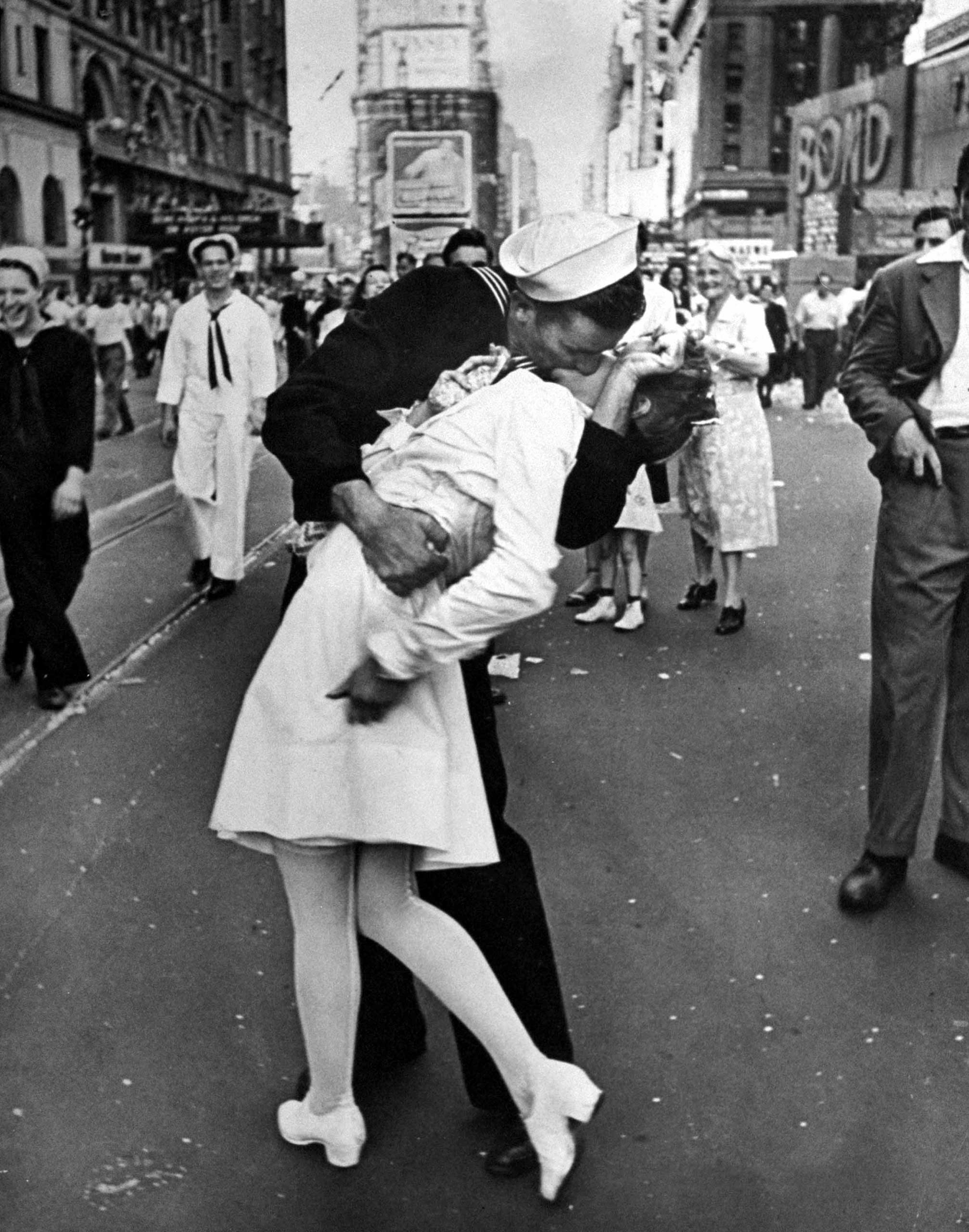
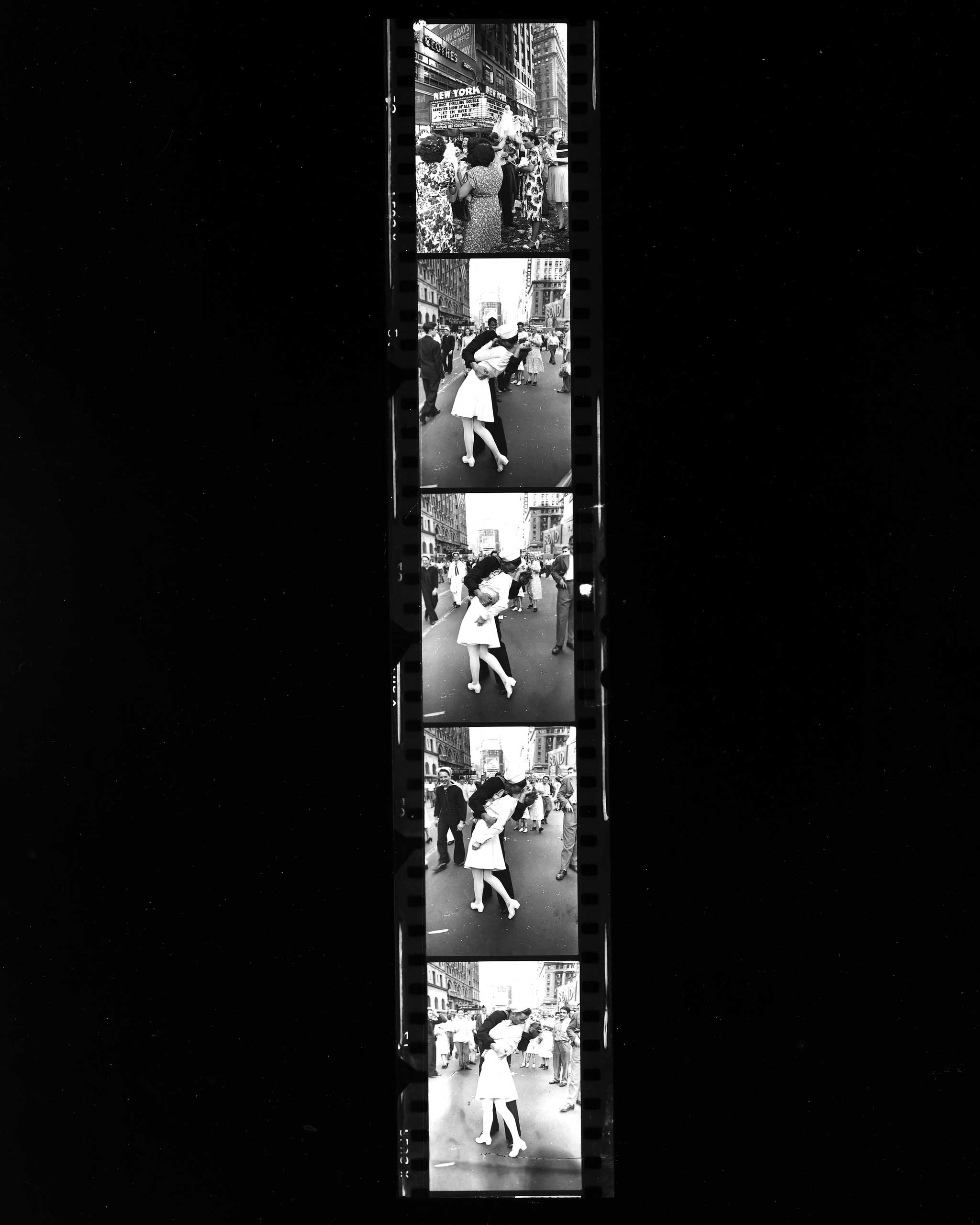
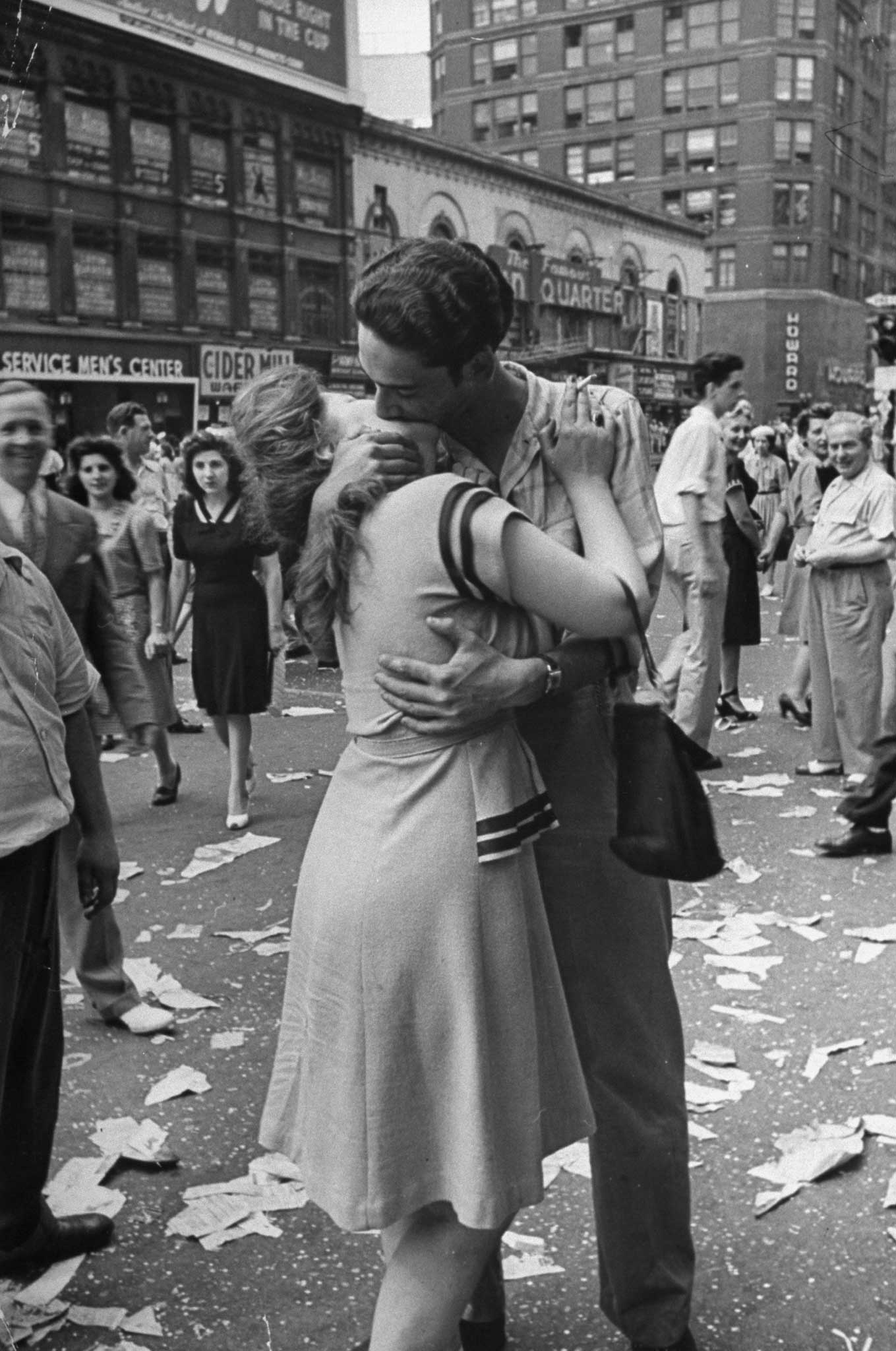
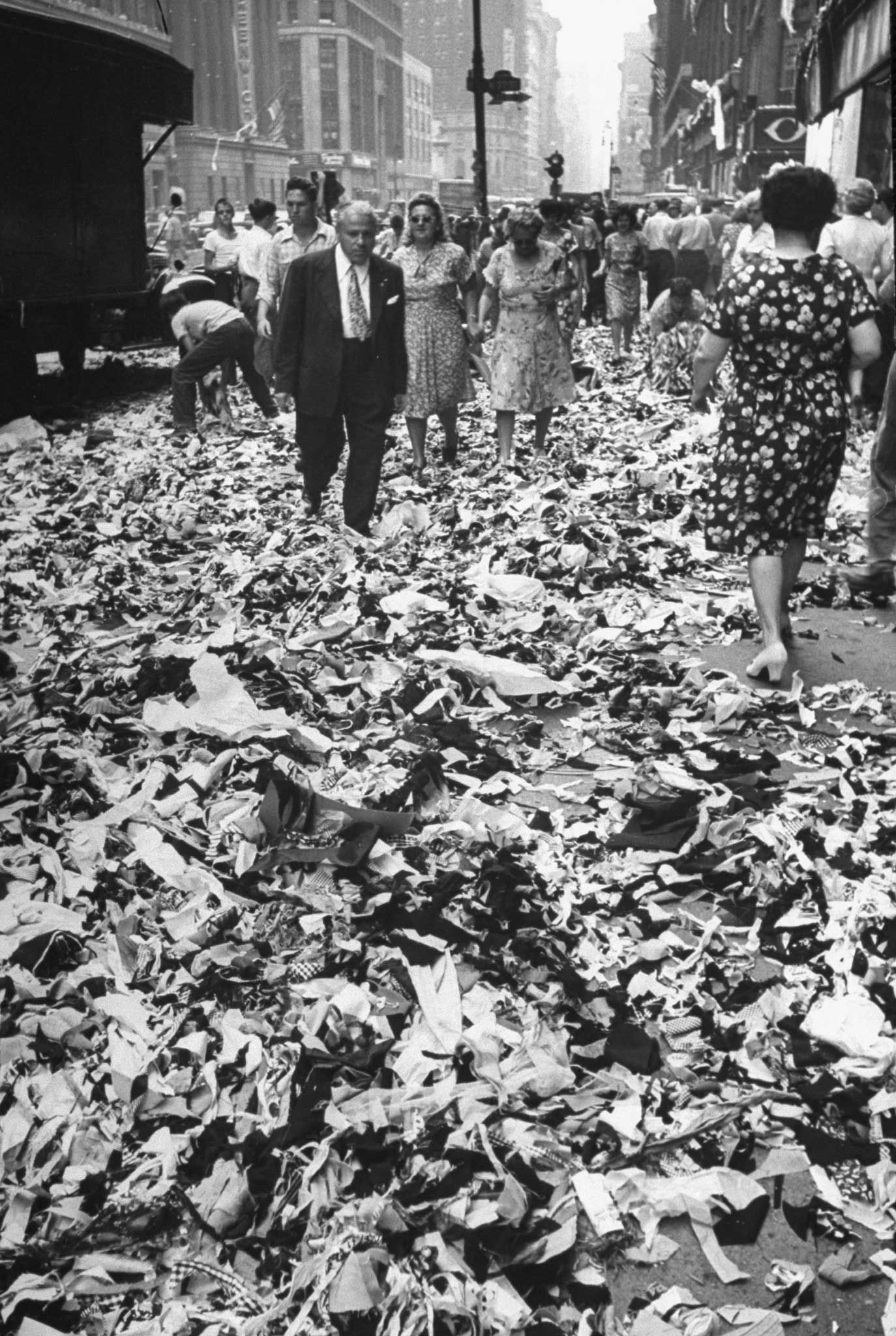
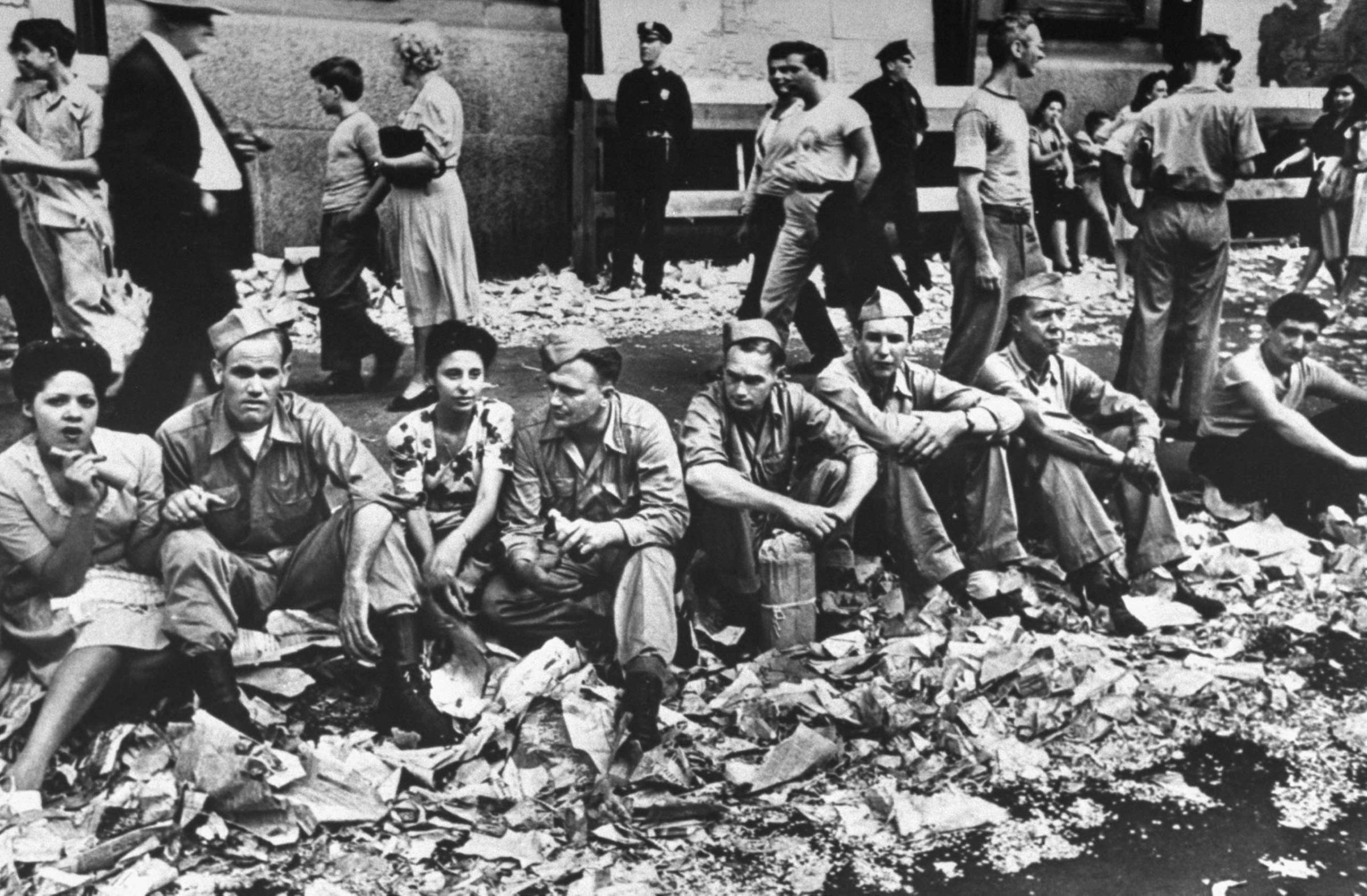
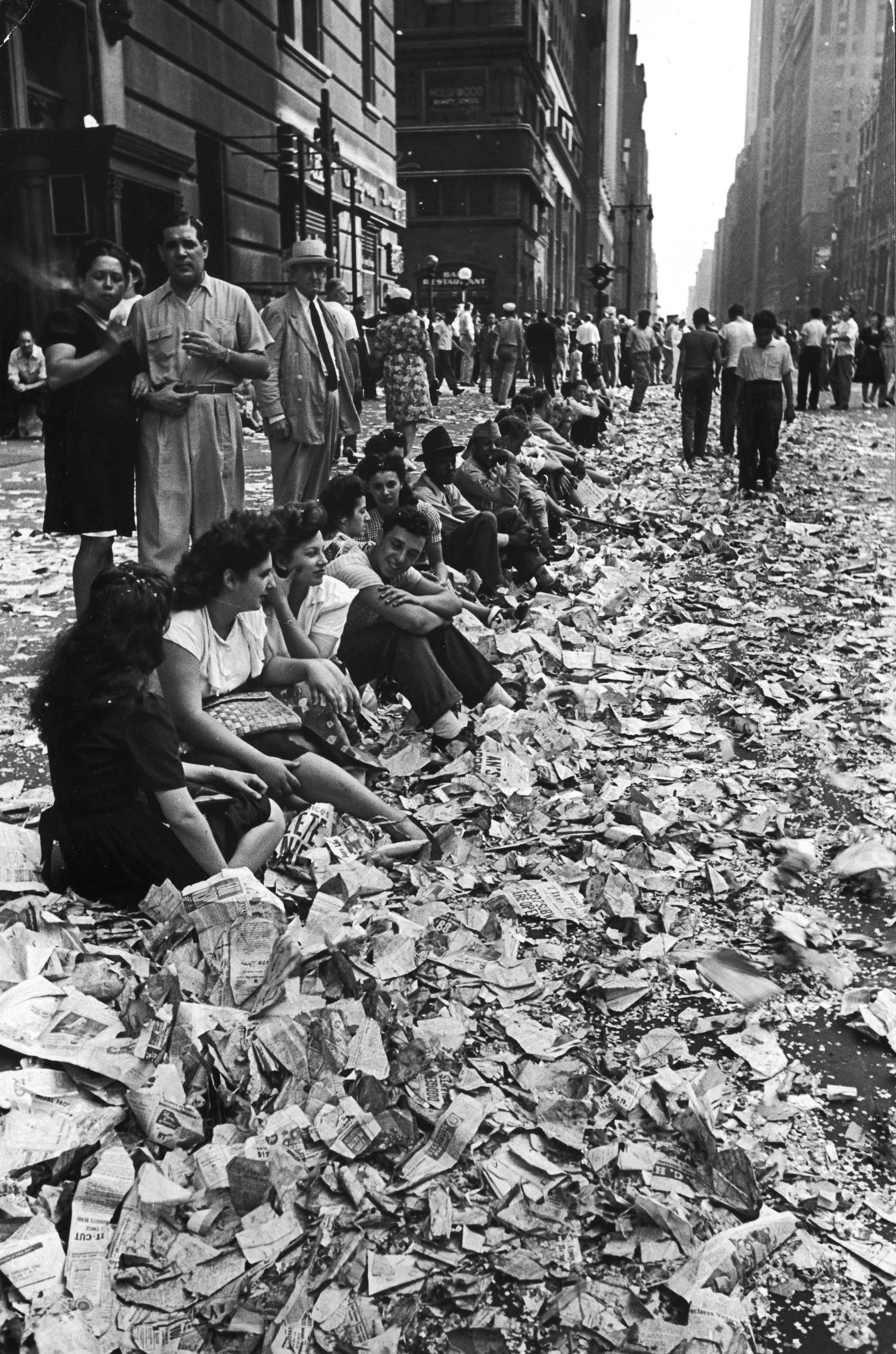

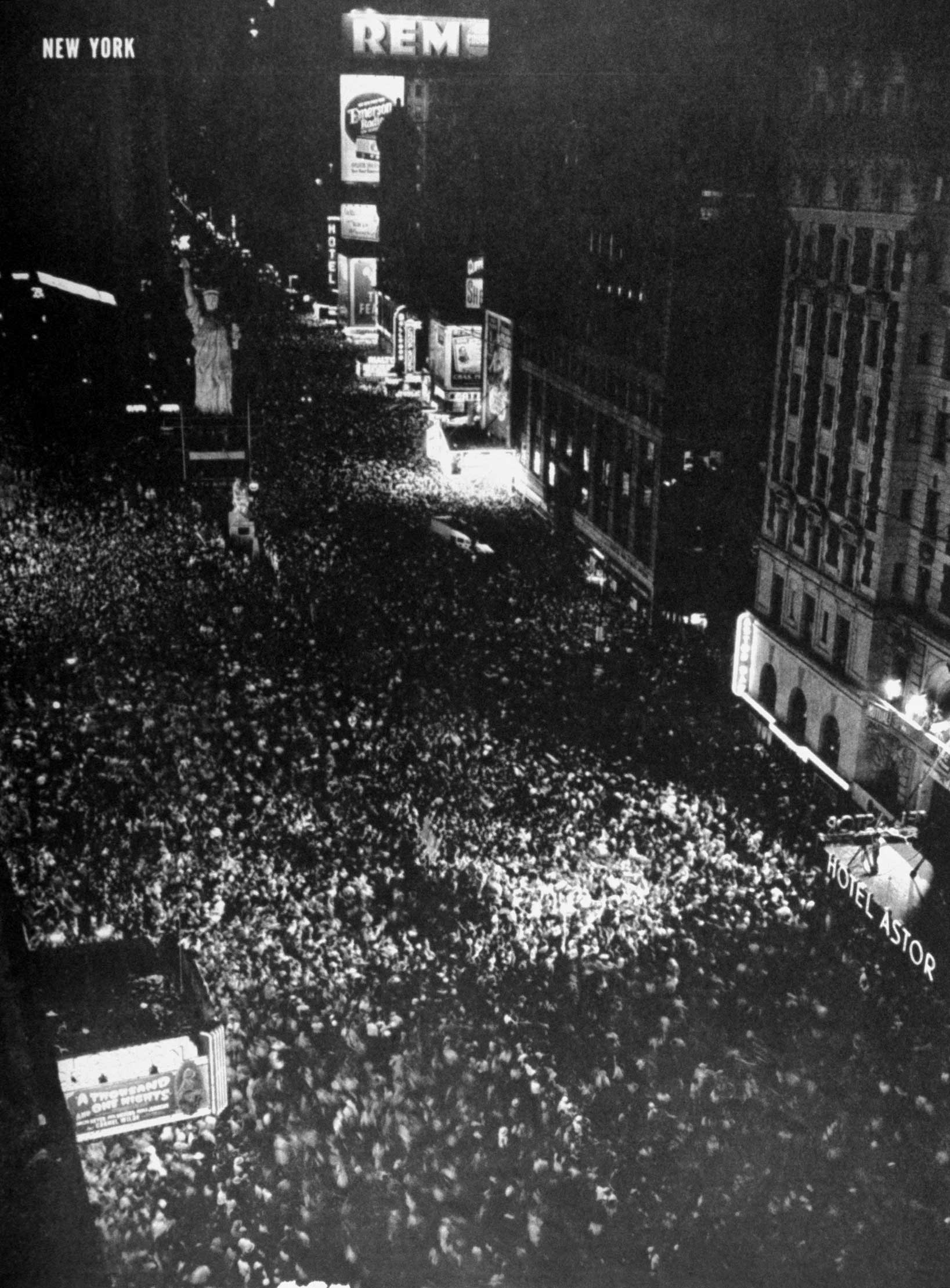
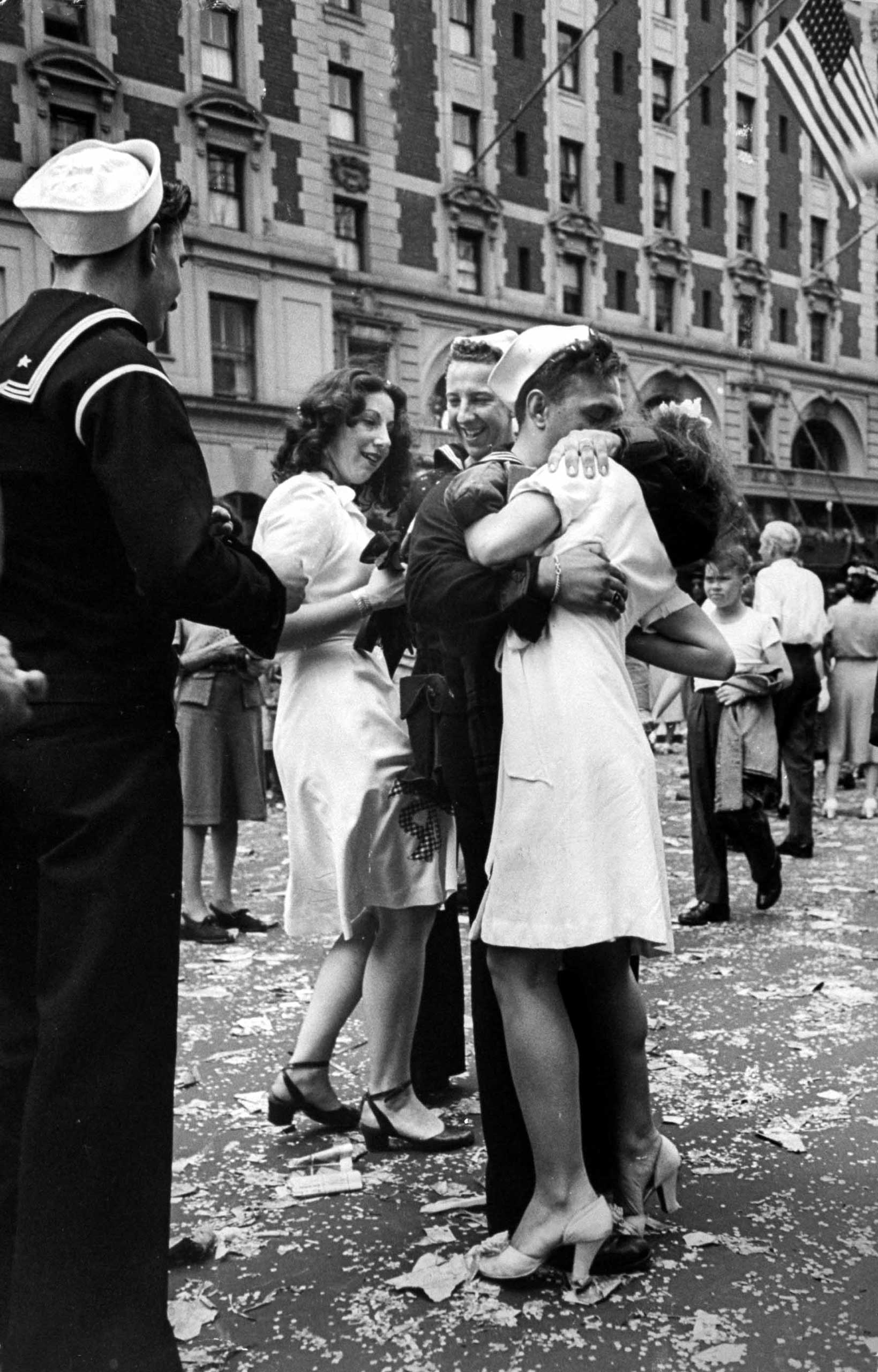
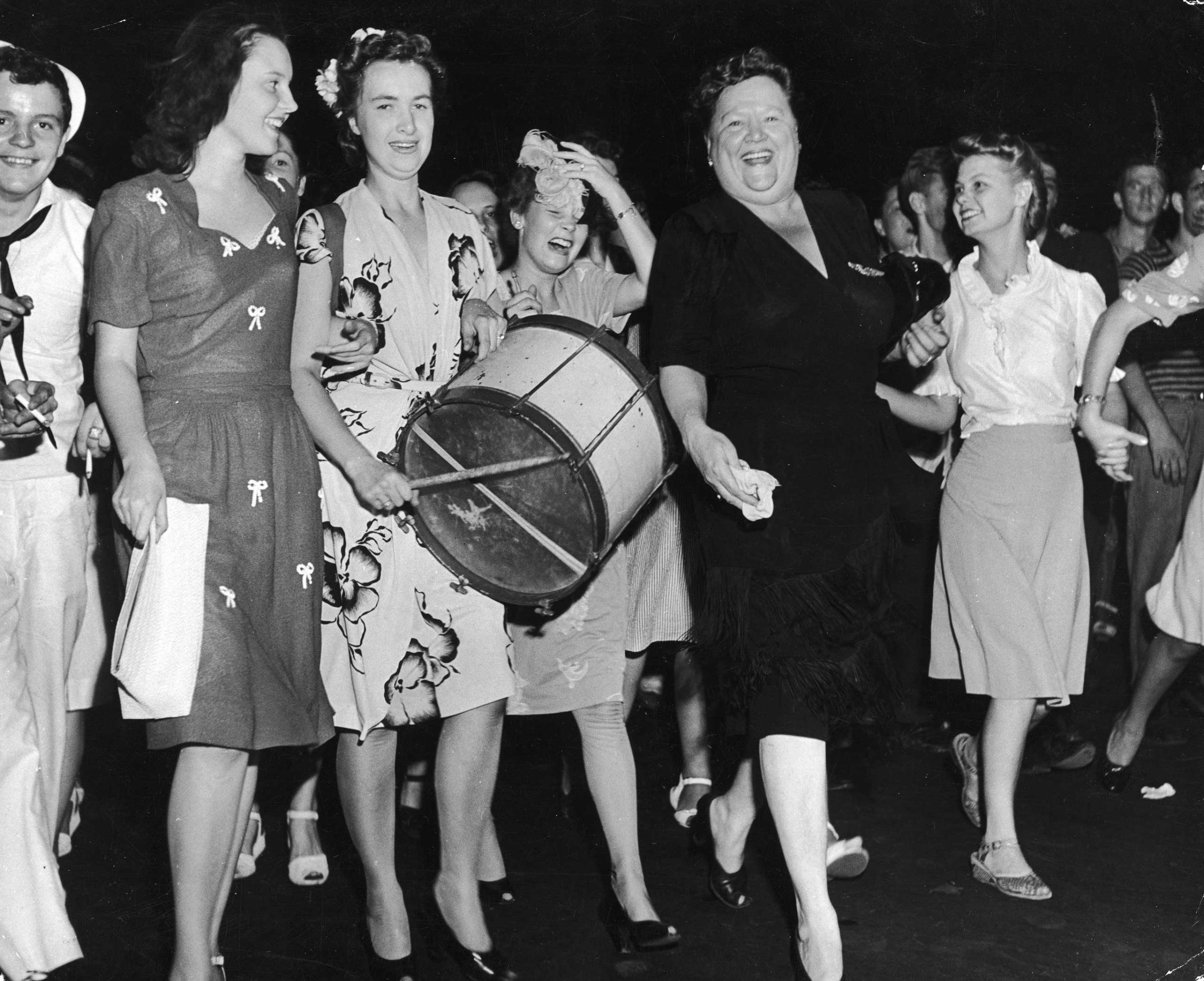
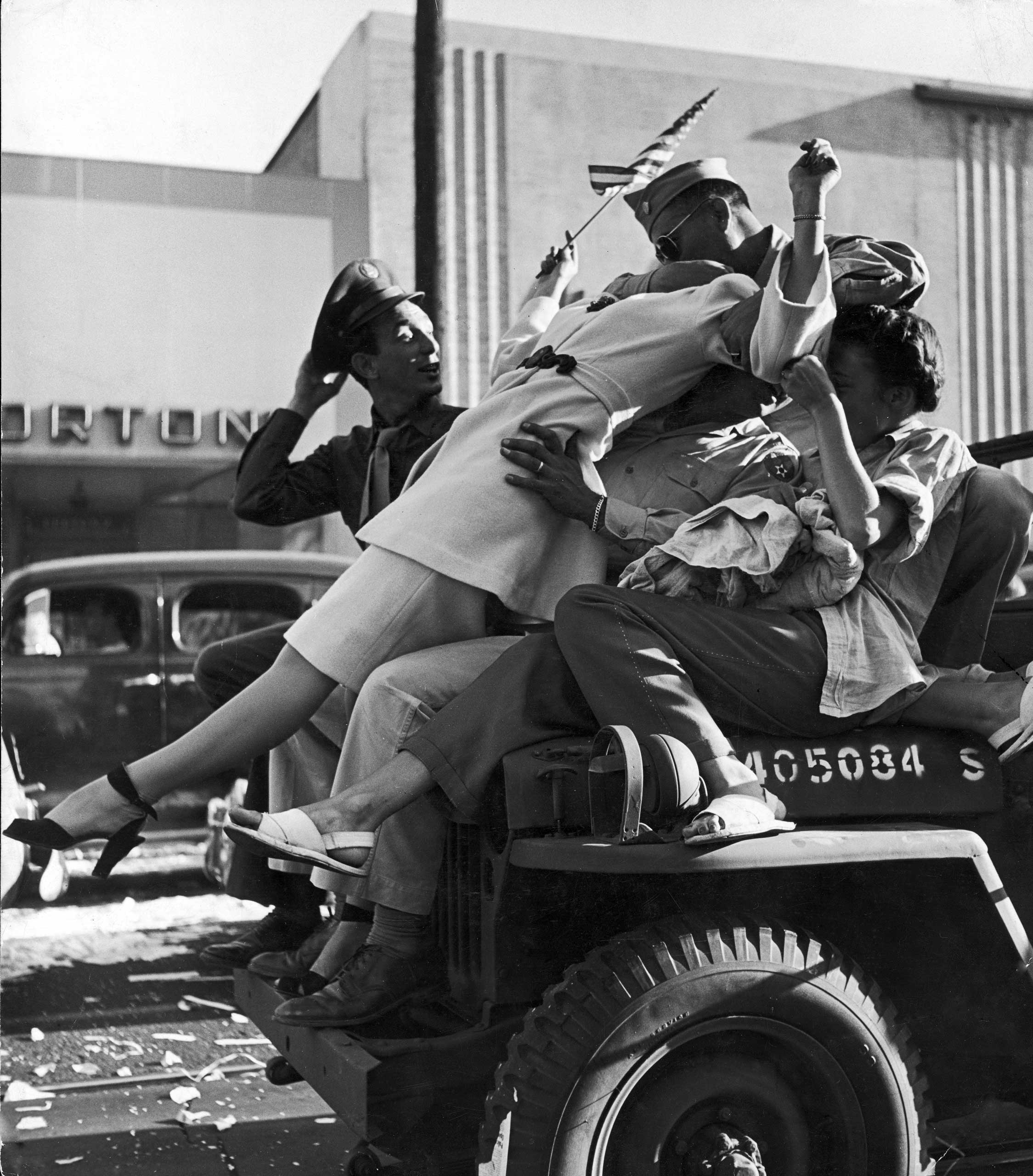
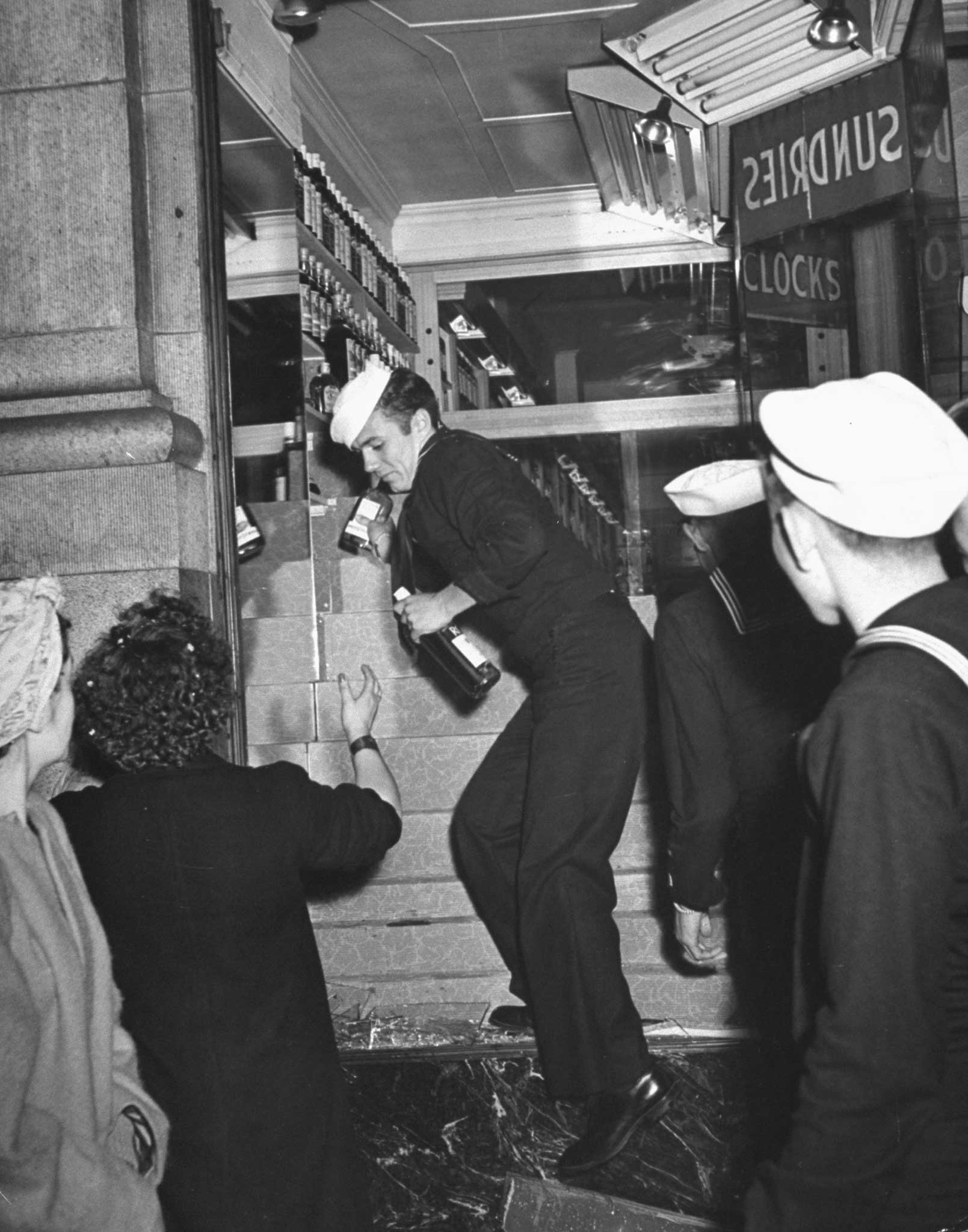
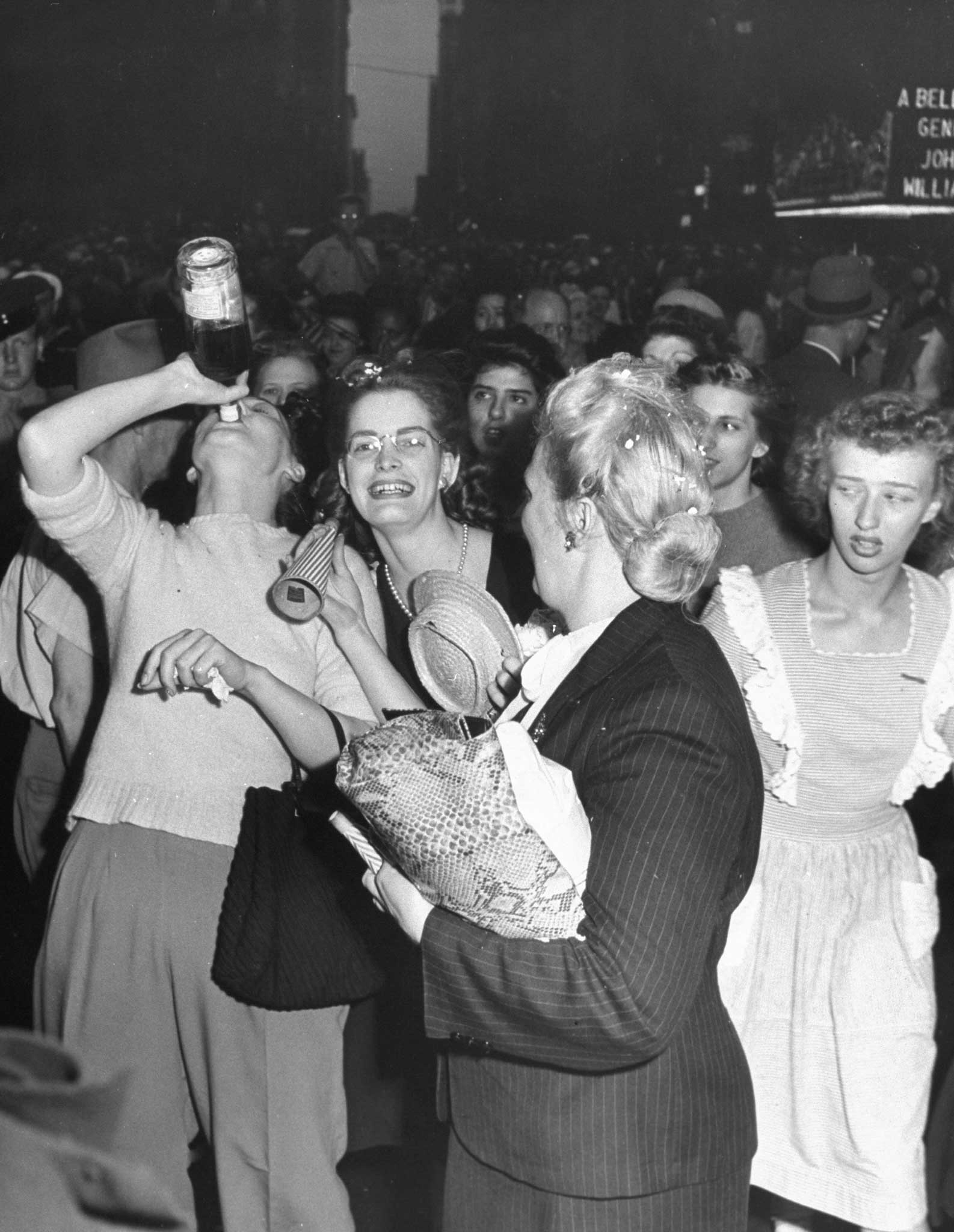
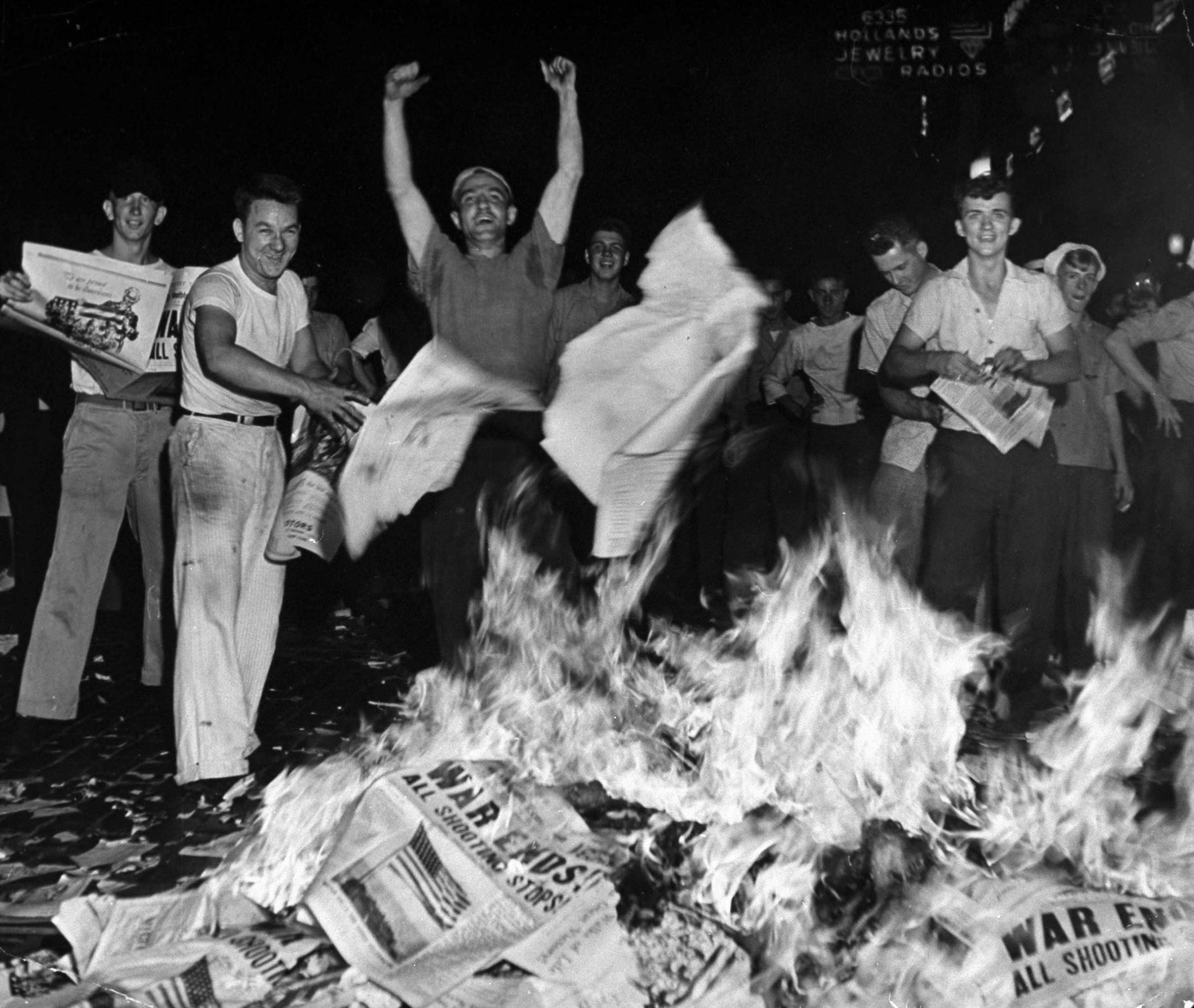
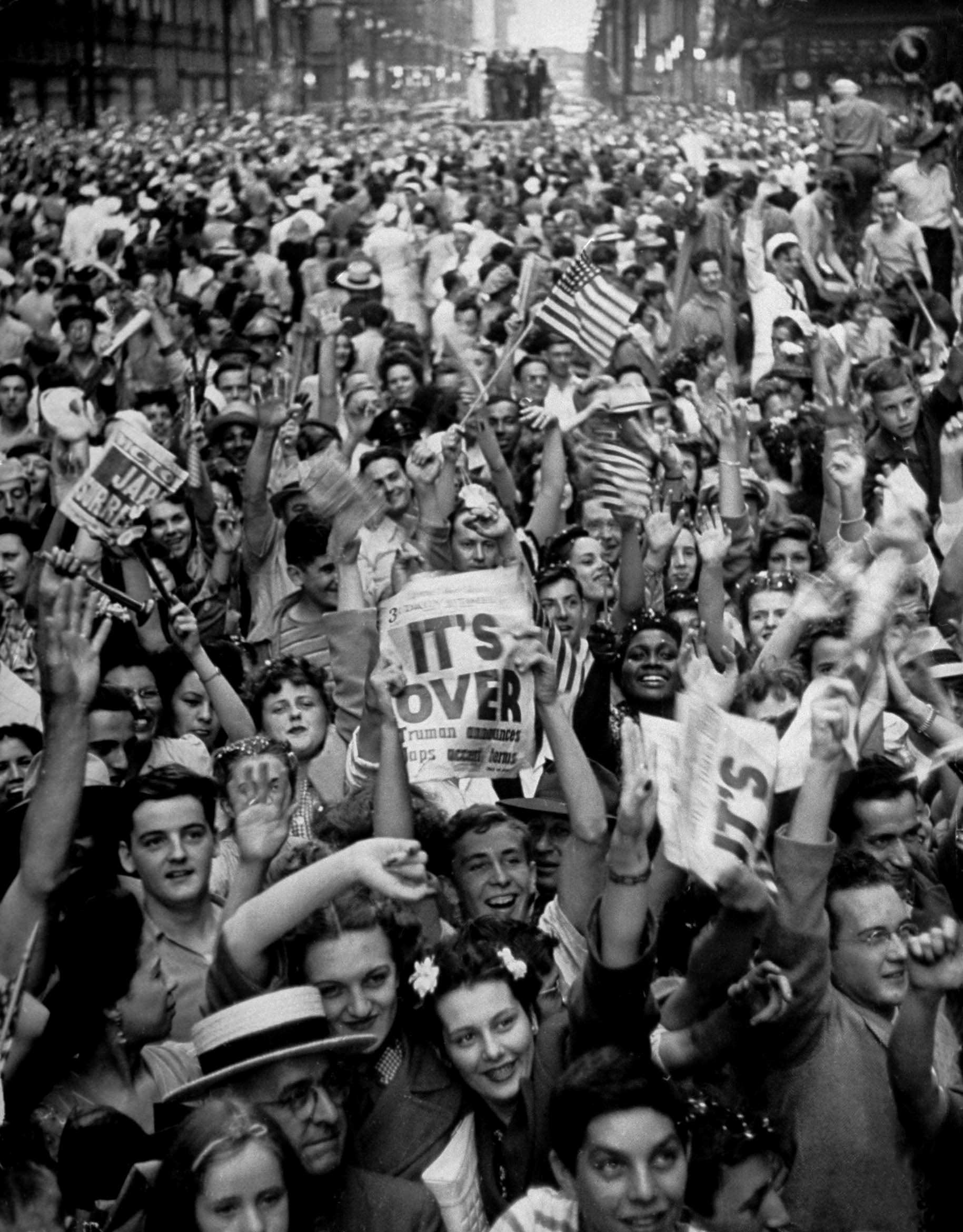
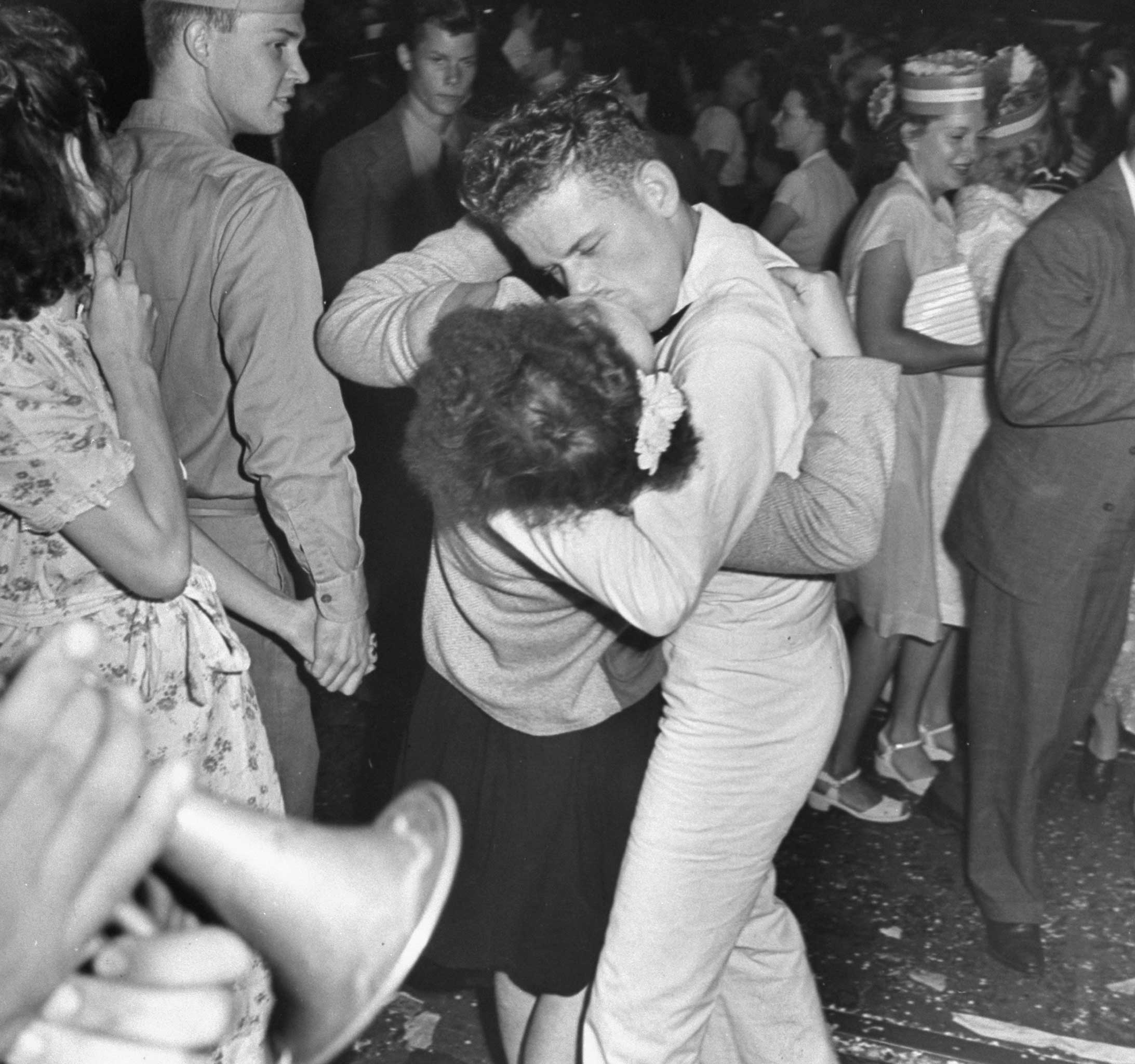
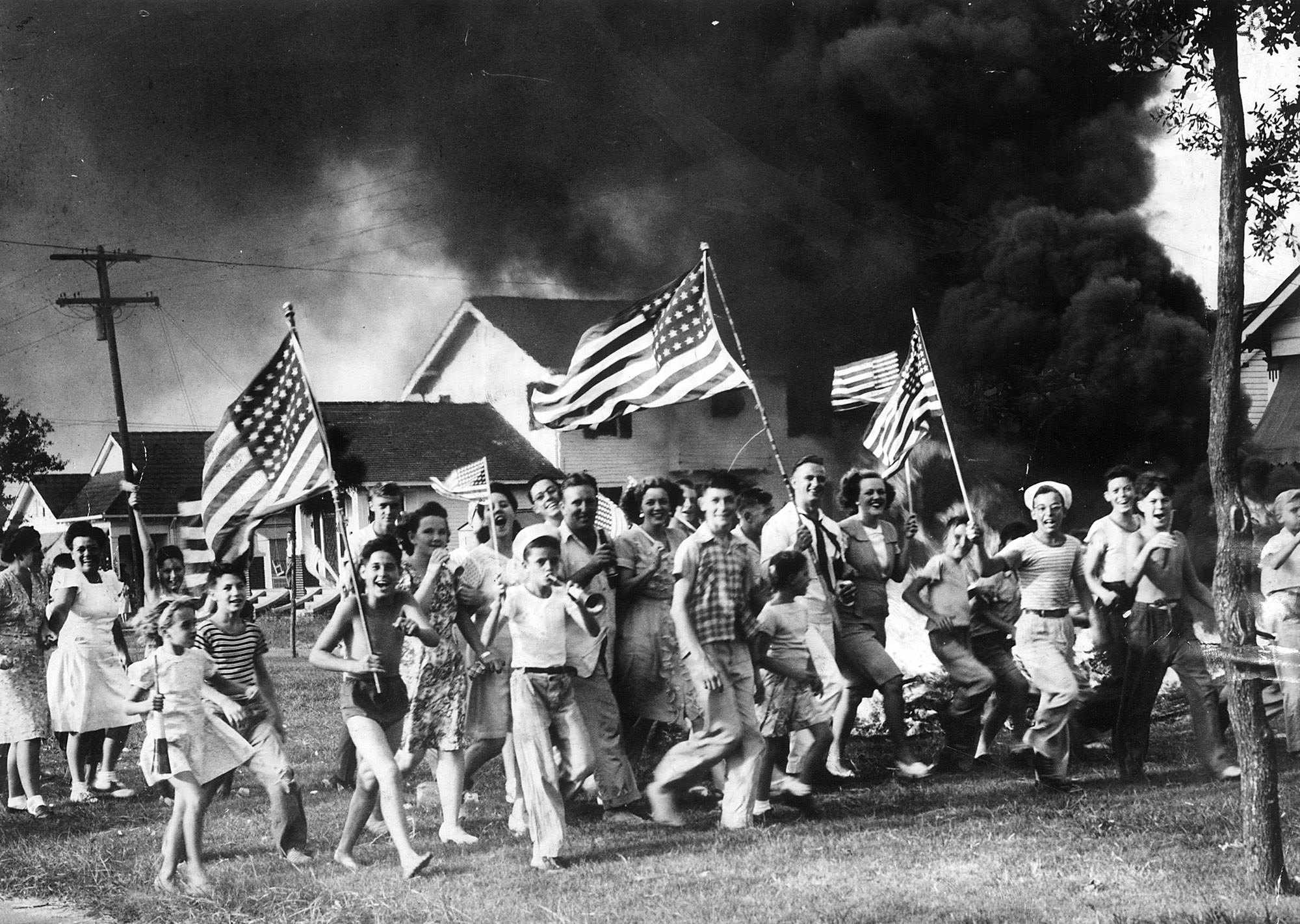
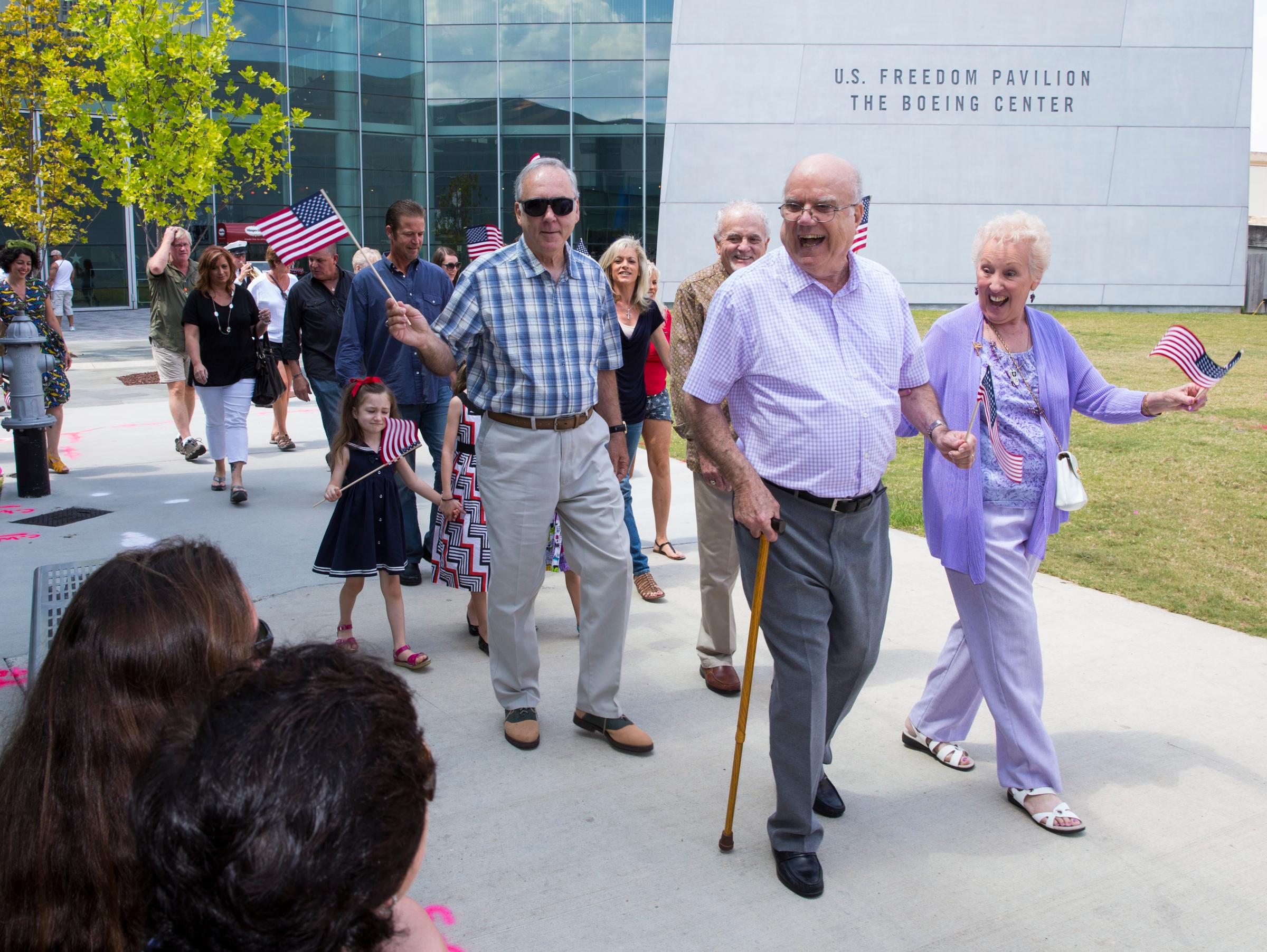
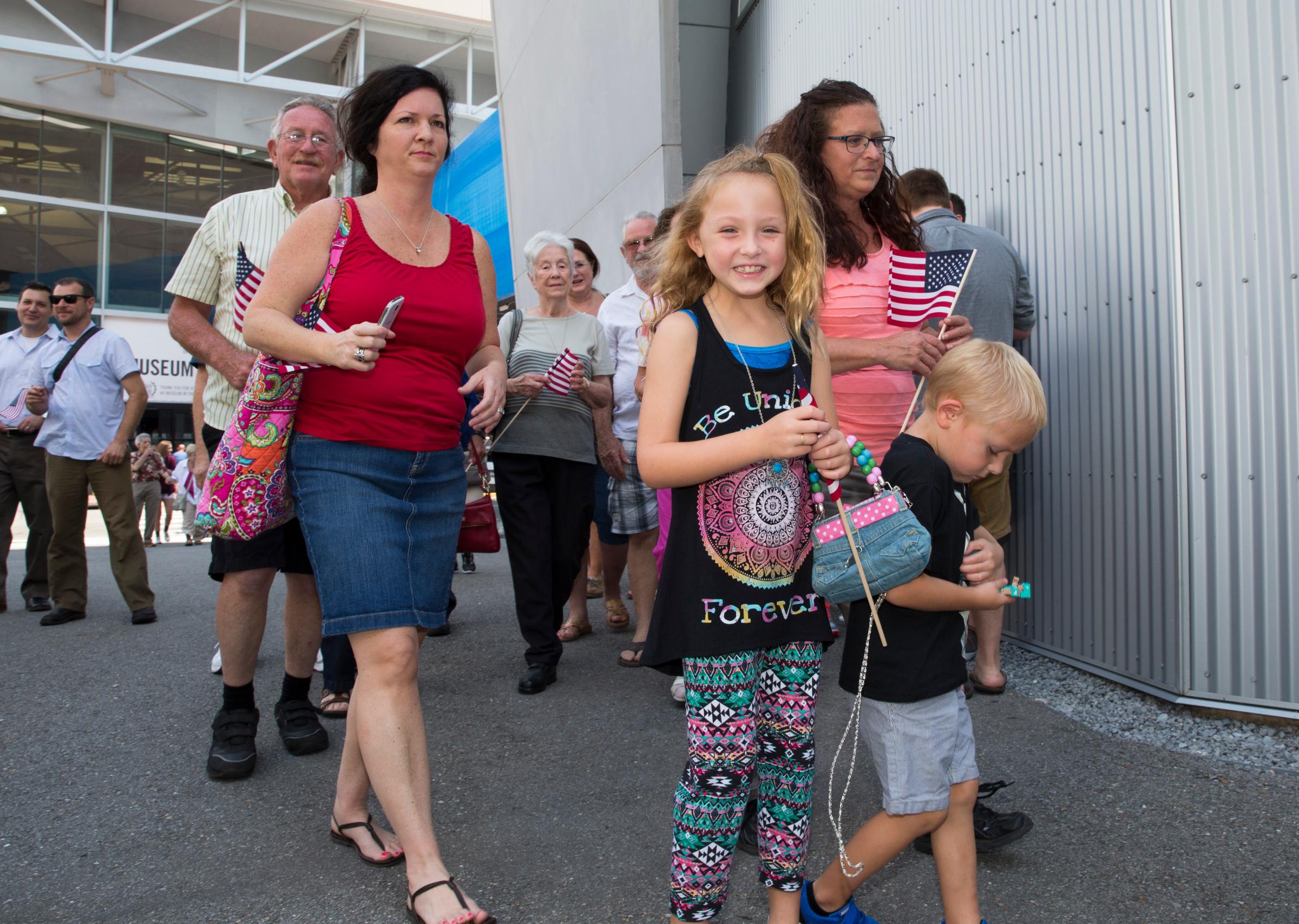
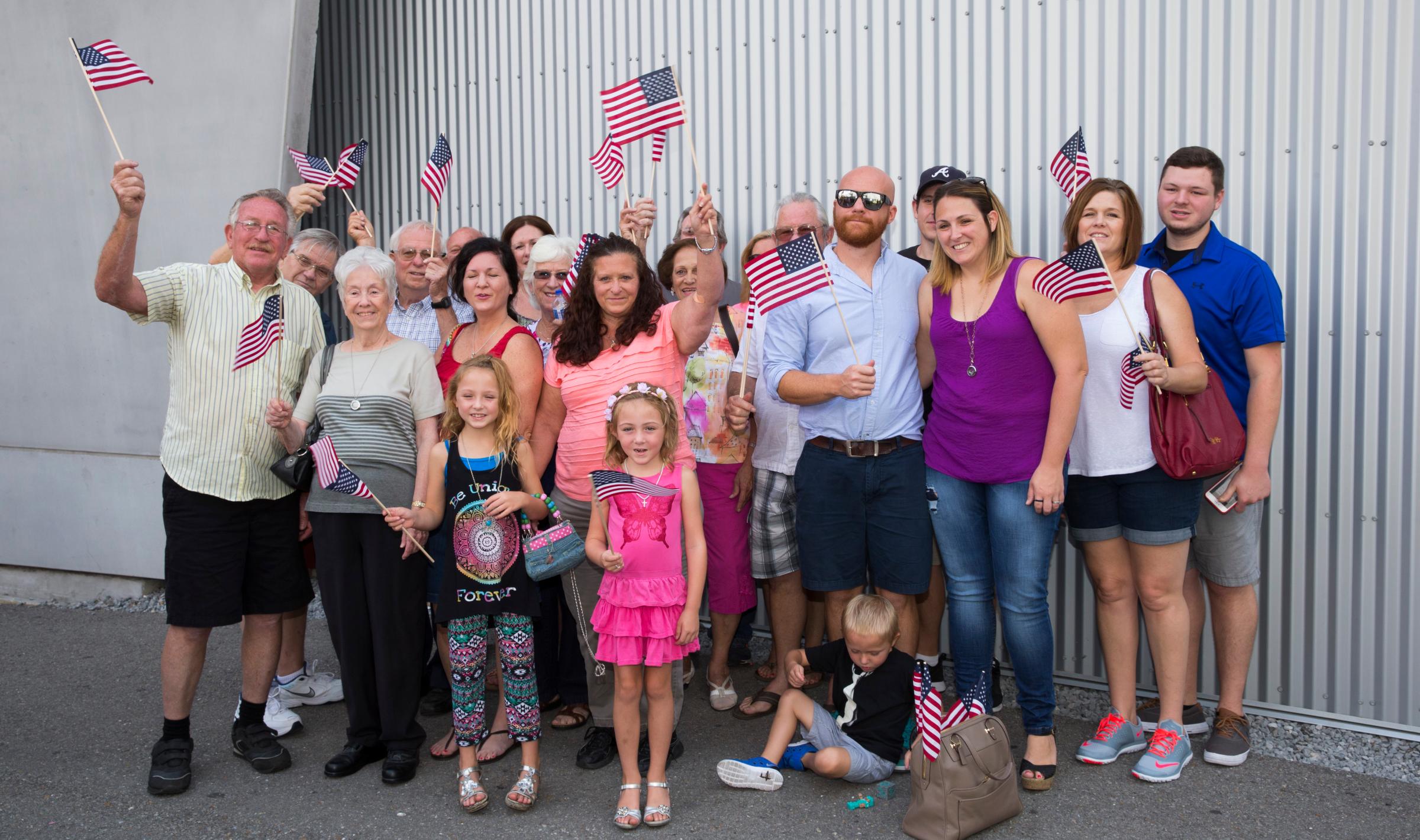
More Must-Reads from TIME
- Why Biden Dropped Out
- Ukraine’s Plan to Survive Trump
- The Rise of a New Kind of Parenting Guru
- The Chaos and Commotion of the RNC in Photos
- Why We All Have a Stake in Twisters’ Success
- 8 Eating Habits That Actually Improve Your Sleep
- Welcome to the Noah Lyles Olympics
- Get Our Paris Olympics Newsletter in Your Inbox
Write to Lily Rothman at lily.rothman@time.com